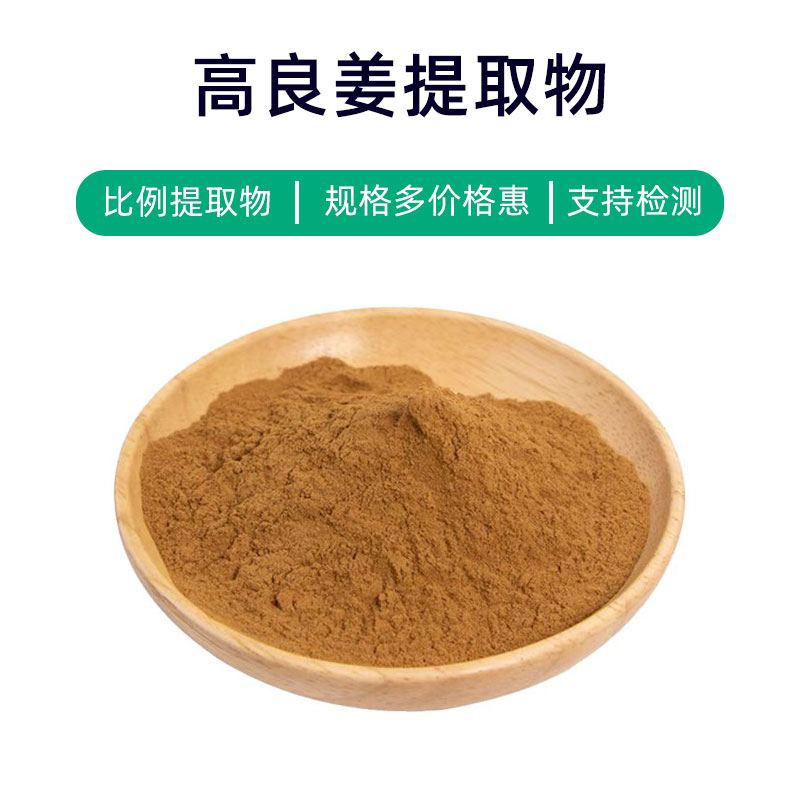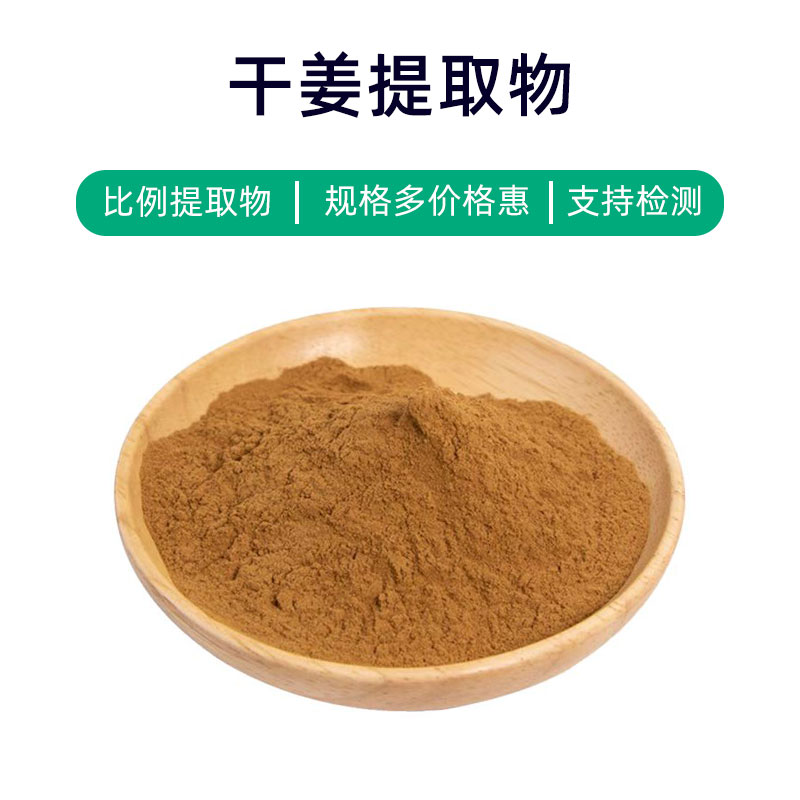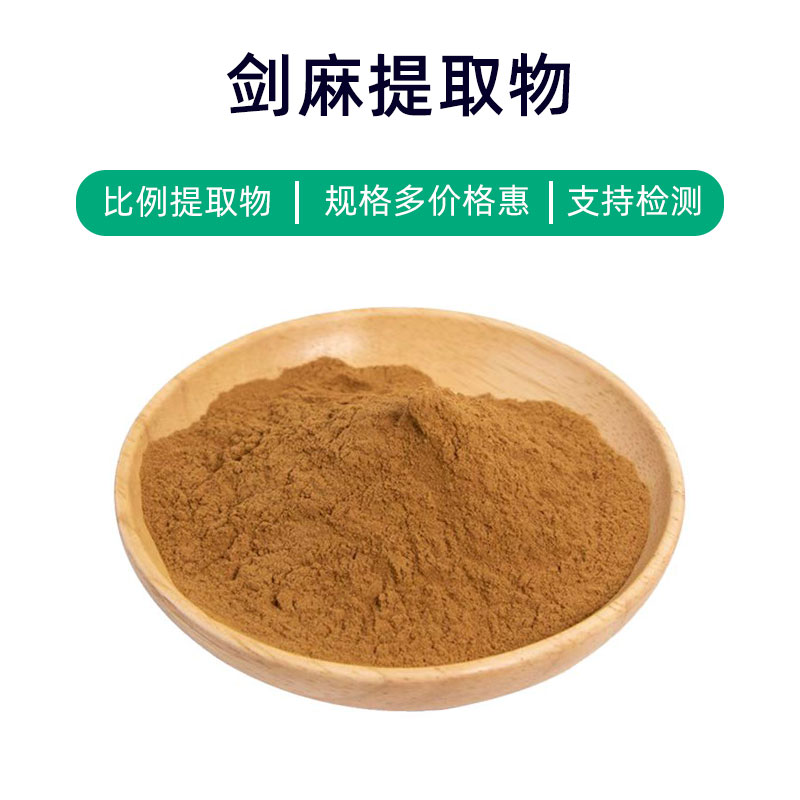Okra Extract Product Overview
Okra extract is a natural plant extract derived from the fruits or seeds of the okra plant. Its main components include flavonoids, polysaccharides, proteins, vitamins, and minerals. Okra extract is extensively used in dietary supplements, food products, cosmetics, and pharmaceuticals.
The extract has various benefits, with its antioxidant and anti-inflammatory effects being the most notable. Rich in flavonoids and polysaccharides, okra extract can effectively eliminate free radicals, slow down cellular aging, and protect cells from oxidative damage. Additionally, it helps regulate blood sugar, reduce blood lipids, and enhance immune function, playing a significant role in maintaining overall health.
In the realm of dietary supplements, okra extract is commonly used as an ingredient to improve the body’s antioxidant capacity, enhance immune system function, prevent diseases, and promote health. In the food industry, it can serve as a functional food additive, enhancing the nutritional value and functionality of products. In cosmetics, okra extract is often found in skincare products for its moisturizing, anti-aging, and skin-repairing properties. In medicine, it is used to formulate traditional or standalone herbal medicines for treating inflammatory diseases and regulating blood sugar and lipid levels.
In summary, as a natural plant extract, okra extract has multiple benefits and a wide range of applications, making it significant for promoting human health.
Okra Extract Production Process
The production process of okra extract typically involves the following steps:
- Raw Material Preparation: Fresh okra fruits or seeds are gathered as the extraction material. These raw materials are usually washed and treated to remove impurities, ensuring the purity and quality of the extract.
- Extraction Process: The preparation of the extract usually employs water extraction or organic solvent extraction methods. In the water extraction method, the pre-treated okra raw materials are mixed with an appropriate amount of water and heated for a certain period to facilitate the release of active ingredients. The extract is then separated using filter paper or centrifugation, followed by concentration and drying. The organic solvent extraction method involves using organic solvents (such as ethanol or ethyl acetate) in contact with the okra raw materials to dissolve the active components, which are then recovered through evaporation.
- Concentration and Refinement: The extracted liquid is concentrated into a powder or concentrated liquid through evaporation and freeze-drying processes. Further refinement and separation may occur to remove unwanted impurities and enhance the extract’s purity.
- Testing and Quality Control: Throughout the production process, the extract undergoes quality testing and control, including assessments of active ingredient content, microbiological presence, and heavy metals, ensuring that the product meets relevant standards and requirements.
- Packaging and Storage: Finally, the extract is packaged as needed, typically in airtight containers to prevent oxidation and moisture damage. Storage requirements usually include keeping it in a cool, dry place away from direct sunlight and high temperatures to maintain stability and efficacy.
Okra Extract Benefits and Side Effects
As a plant extract, okra extract possesses various benefits, primarily including:
- Antioxidant Effects: Rich in natural antioxidants like vitamin C, β-carotene, and flavonoids, okra extract helps eliminate free radicals in the body, slowing cellular oxidative damage and promoting cell health, which aids in delaying aging.
- Anti-inflammatory Effects: Okra extract is abundant in flavonoids and polyphenolic compounds, demonstrating significant anti-inflammatory properties, effectively inhibiting the occurrence and progression of inflammation, and helping alleviate inflammatory diseases like arthritis and intestinal inflammation.
- Blood Sugar Regulation: Contains an active component known as okra polysaccharides, which can help regulate blood sugar levels by promoting insulin secretion and enhancing insulin sensitivity, contributing to diabetes prevention and management.
- Cardiovascular Health Protection: The flavonoids in okra extract can lower cholesterol levels in the bloodstream, preventing atherosclerosis and protecting cardiovascular health, thereby reducing the risk of cardiovascular diseases.
- Immune System Boost: Rich in vitamin C, vitamin E, and other antioxidants, okra extract can enhance immune functions and improve resistance against respiratory infections such as colds and flu.
- Digestive System Improvement: High in dietary fiber, okra extract promotes intestinal peristalsis and increases fecal volume, helping to prevent constipation, improve intestinal health, and maintain digestive system wellness.
Okra extract is typically considered safe and does not usually cause significant side effects. However, some individuals may experience allergic reactions, such as skin itching or digestive discomfort. Therefore, it is important to monitor individual responses when using okra extract, avoid excessive doses, and stop usage if discomfort occurs, consulting a healthcare professional for advice.
Okra Extract Application Scenarios and Dosage
Okra extract has a broad range of applications in medicine, food, and cosmetics. Below are the main application scenarios and recommended dosages for these fields:
- Medical Applications:
- Anti-inflammatory and Pain Relief: The flavonoids and polyphenols in okra extract have significant anti-inflammatory effects and can be used to treat conditions such as rheumatoid arthritis and osteoarthritis. Typically, okra extract is formulated into oral liquids or capsules, with an adult dosage of 500-1000 milligrams taken 2-3 times daily.
- Blood Sugar Regulation: Okra polysaccharides help regulate blood sugar and can be used as an adjunct treatment for diabetes. Standard formulation involves oral liquids or capsules, with similar adult dosages of 500-1000 milligrams taken 2-3 times daily.
- Cardiovascular Protection: The flavonoids in okra extract can reduce blood lipids and blood pressure, aiding in the prevention of cardiovascular diseases. Adult dosage recommended in oral liquids or capsules is 500-1000 milligrams taken 2-3 times daily.
- Food Applications:
- Nutritional Supplements: Okra extract can be used to create dietary supplements such as oral liquids or nutritional tablets designed to enhance immunity and improve intestinal function. A common adult daily recommended dosage is 500-1000 milligrams.
- Functional Foods: Okra extract is used in functional foods like okra juice and okra tea, offering antioxidant, anti-inflammatory, and blood sugar-lowering benefits.
- Cosmetics Applications:
- Skincare Products: Okra extract is rich in vitamin C and flavonoids, providing antioxidant, whitening, and anti-aging effects, making it suitable for skincare formulations like masks, lotions, and serums. Suggested usage varies based on skin type, typically applied 1-2 times daily.
In summary, okra extract as a natural plant extract has promising applications across medicine, food, and cosmetics. Usage should follow product guidelines or medical advice while considering individual conditions and dosage.
Okra Plant Information, Distribution, and Growing Environment
Okra (scientific name: Abelmoschus esculentus), also known as lady's finger, is a common vegetable plant belonging to the mallow family. Here are detailed insights into its plant origin, distribution, and growing environment:
- Plant Introduction:
- Appearance Features: Okra is an annual herbaceous plant with an upright stem that can reach heights of 1-2 meters, characterized by its stout stems and large palmate leaves. Its flowers are yellow and feature five lobed petals with a relatively lengthy flowering period.
- Growing Habits: Okra prefers warm, humid climates, thriving best at temperatures between 20-30 degrees Celsius. It adapts well to various soil types, tolerating salinity and alkalinity, but requires good drainage.
- Distribution:
- Origin: Okra originates from West Africa; archaeological evidence indicates that its cultivation dates back to regions like Egypt and Sudan.
- Global Distribution: Today, okra is widely cultivated in tropical and subtropical areas around the world, including regions in Africa, Asia, and the Americas.
- Growing Environment:
- Climate Requirements: Okra flourishes in warm and humid climates, requiring ample sunlight but can also withstand partial shade.
- Soil Requirements: While okra is flexible regarding soil types, it prefers well-drained, fertile sandy loam and is unsuitable for poorly drained clay soils.
- Growing Season: Typically, okra grows during the warm spring and summer months, with a relatively short growth cycle of about 2-3 months.
In conclusion, okra is a fast-growing, adaptable vegetable plant originally from Africa, now widely distributed in tropical and subtropical regions globally. It thrives in warm, humid climates and well-drained soils, making it an ideal summer vegetable.
Okra Extract Processing and Storage
Processing and storage of okra extract are key steps in ensuring its quality and maintaining its active ingredients:
- Processing: Okra extract is typically processed through methods such as water extraction, ethanol extraction, or supercritical fluid extraction. During processing, it is crucial to control temperature, pressure, and duration to ensure stability and retention of active components.
- Storage: Okra extract should be kept in a cool, dry, and well-ventilated environment, away from direct sunlight and high temperatures. It should also be protected from harmful gases and chemicals to prevent contamination and degradation. Generally, the shelf life of okra extract is over one year, but specific storage duration should be assessed based on product characteristics and conditions.
Proper processing and storage ensure the quality and activity of okra extract, extending its effective use period and providing a solid foundation for future applications.
Monica Sun is a seasoned expert in the plant extraction industry with over a decade of experience in research and production. She specializes in the extraction and purification of plant active ingredients, focusing on driving innovation in natural product applications. Monica has participated in the development of multiple functional plant extracts, delivering high-value natural raw material solutions for the health food, pharmaceutical, and dietary supplement sectors.



















